
Treatments for ASD-Associated Symptoms


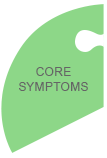
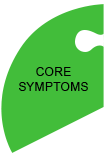
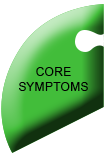
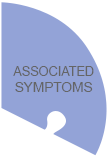
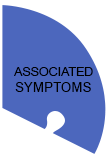
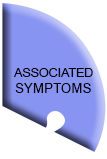
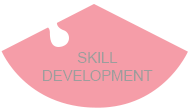
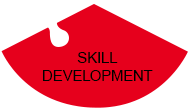
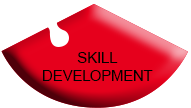
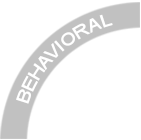
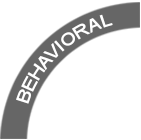
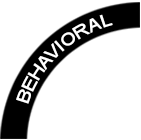



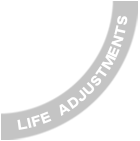
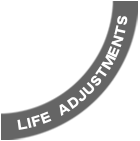
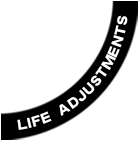
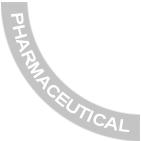
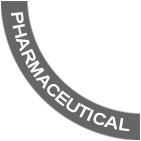
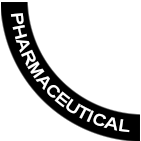
Autism Spectrum Disorder (ASD)-associated symptoms range in presentation and severity. Children with ASD frequently have an intellectual disability, but some children will have normal intelligence. Children with ASD may also have seizures, motor abnormalities, anxiety, sleep cycle disturbances, gastrointestinal problems, immune dysfunction and sensory disturbances. Often the most identifiable comorbidity is irritability.
Not all the features are present in every child. Instead, a subset of features underlies autism in each individual. Below, we present evidence-based and emerging therapies for several common ASD-associated symptoms, including:
> Irritability > Anxiety
> Sleep disturbances > Self-injurious behavior
The FDA has approved two antipsychotic medications for irritability in children with ASD: risperidone and aripiprazole.
 Risperidone is an atypical antipsychotic drug that calms a patient by blocking the brain’s receptors for the chemicals serotonin and dopamine. While risperidone has been approved to treat schizophrenia and bipolar disorder since 1993, in 2006 the FDA deemed it an acceptable therapy for irritability in children and adolescents with autism spectrum disorders. In particular, risperidone addresses symptoms including aggression, self-injury, tantrums, and mood swings in patients between the ages of 5 and 16.
Risperidone is an atypical antipsychotic drug that calms a patient by blocking the brain’s receptors for the chemicals serotonin and dopamine. While risperidone has been approved to treat schizophrenia and bipolar disorder since 1993, in 2006 the FDA deemed it an acceptable therapy for irritability in children and adolescents with autism spectrum disorders. In particular, risperidone addresses symptoms including aggression, self-injury, tantrums, and mood swings in patients between the ages of 5 and 16.
In 2012, in the Journal of Autism and Developmental Disorders reported the results of a six-week, double-blind study evaluating low and high doses of risperidone for ASD. The high dose of risperidone was linked to a reduction in irritability but was also associated with adverse side effects including increased appetite, weight gain, and sedation.1 A study in 2013 found that antioxidant supplementation with risperidone may improve the drug’s effectiveness at limiting irritability.2
In contrast to risperidone, aripiprazole is a drug that partially activates receptors for serotonin and dopamine. In late 2009, the FDA also approved aripiprazole for the treatment of irritability in children with autism.
 Previous research indicates that anxiety affects children with high-functioning ASD at twice the rate as typically developing peers. A group of scientists at the University of Colorado developed a program, called Facing Your Fears (FYF), which uses cognitive behavior therapies (CBT), to help children (8–14 years of age) with ASD manage anxiety.
Previous research indicates that anxiety affects children with high-functioning ASD at twice the rate as typically developing peers. A group of scientists at the University of Colorado developed a program, called Facing Your Fears (FYF), which uses cognitive behavior therapies (CBT), to help children (8–14 years of age) with ASD manage anxiety.
The Colorado scientists adapted the FYF program to help young adults (13–18 years of age) with ASD manage anxiety during the difficult teen years. The modifications within their study included a focus on social skills, parental involvement, and use of technology to help the participants develop coping strategies to lower anxiety. Participants in the program reported decreased feelings of social anxiety, separation anxiety, and generalized anxiety at the end of the program and at the three-month follow-up.3 Future work may incorporate experimental designs and a larger number of participants to determine the most effective therapy components in the program.
 In addition to behavior-based programs, researchers are establishing new technologies to alleviate anxiety in children with ASD. According to a 2014 study, a combination therapy of CBT and virtual reality environment (VRE) could be more effective than a single therapy. Anxiety questionnaires administered periodically in the 16 months following combined CBT/VRE treatment revealed that eight of the nine participants were newly able to tackle specific phobias, and four overcame them completely.4
In addition to behavior-based programs, researchers are establishing new technologies to alleviate anxiety in children with ASD. According to a 2014 study, a combination therapy of CBT and virtual reality environment (VRE) could be more effective than a single therapy. Anxiety questionnaires administered periodically in the 16 months following combined CBT/VRE treatment revealed that eight of the nine participants were newly able to tackle specific phobias, and four overcame them completely.4
 Melatonin is a hormone that helps govern your biological clock by circulating in the body at changing levels throughout the day. Because many people with ASD experience problems falling and staying asleep, melatonin has been considered as a therapy for regulating their circadian rhythms, or patterns of sleep and waking. Randomized trials have suggested that melatonin supplements can improve insomnia related to ASD.
Melatonin is a hormone that helps govern your biological clock by circulating in the body at changing levels throughout the day. Because many people with ASD experience problems falling and staying asleep, melatonin has been considered as a therapy for regulating their circadian rhythms, or patterns of sleep and waking. Randomized trials have suggested that melatonin supplements can improve insomnia related to ASD.
In a 2011 study published in the Journal of Autism and Developmental Disorders, researchers tested children’s responses to melatonin supplements over 14 weeks. In a preliminary clinical trial—during which both the study administrators and subjects knew of the drug being given—46 children between the ages of 3 to 10 received increasing doses (from 0 to 6 mg) of melatonin before bedtime. Twenty-four children completed the study, arriving at a dose that resulted in a favorable response: at 1 or 3 mg of melatonin, most subjects fell asleep faster than without the supplement.5
Studies have shown that individuals with ASD have up to a 20 percent chance of injuring themselves. In the 1960s and 1970s, interventions were shown to improve epilepsy-related aggression when doctors targeted the amygdala, a brain region associated with emotional learning.
 In 2013, researchers published a study exploring the hypothesis that stimulating the amygdala would alleviate self-injurious behavior (SIB) related to ASD. They surgically implanted electrodes in the amygdala of a 13-year-old boy suffering from Kanner’s autism, also referred to as early infantile autism, and severe SIB. When the electrodes placed in the amygdala’s basolateral section were stimulated, the boy made significant strides in overcoming SIB as well as the emotional, social, and cognitive deficits related to autism.6
In 2013, researchers published a study exploring the hypothesis that stimulating the amygdala would alleviate self-injurious behavior (SIB) related to ASD. They surgically implanted electrodes in the amygdala of a 13-year-old boy suffering from Kanner’s autism, also referred to as early infantile autism, and severe SIB. When the electrodes placed in the amygdala’s basolateral section were stimulated, the boy made significant strides in overcoming SIB as well as the emotional, social, and cognitive deficits related to autism.6
| Evidence Legend | |
|---|---|
 |
Research-supported – a therapy with the highest level of evidence for safety and effectiveness based on rigorous scientific research and well-controlled clinical trials. |
 |
Promising – a therapy that is being actively researched in scientific studies and clinical trials with promising results |
 |
Suggestive – a therapy that has been known for some time but is not actively researched at present OR a novel therapy having current research of one or two preliminary studies showing suggestive results |
 |
No evidence available – a therapy that lacks any evidence-based support for effectiveness or safety |
| References: |
|

